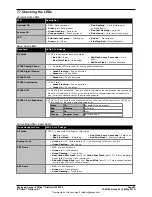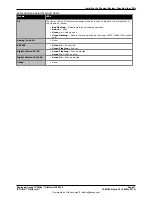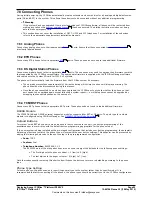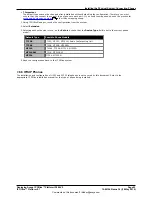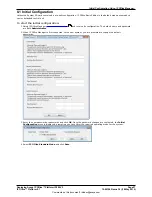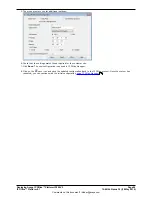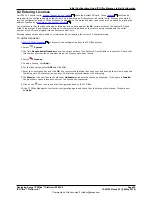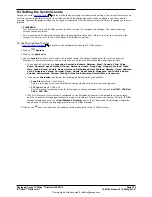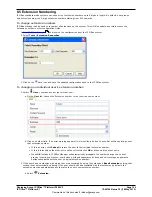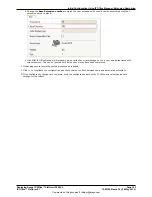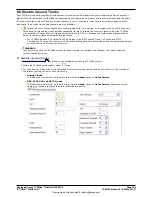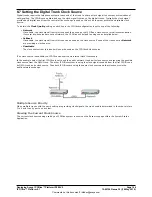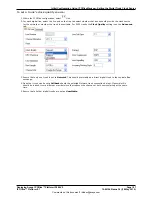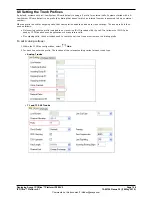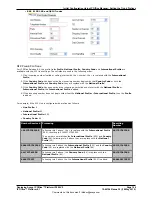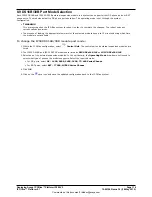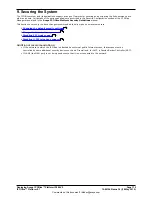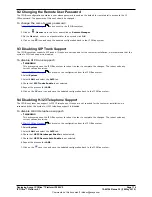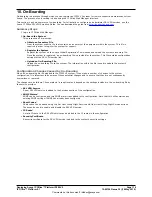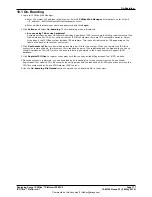
Deploying Avaya IP Office™ Platform IP500 V2
Page 104
15-601042 Issue 30j (18 May 2015)
IP Office™ Platform 9.1
Comments on this document? [email protected]
8.6 Disable Unused Trunks
Each IP Office trunk card provides a fixed number of trunk ports with digital trunk ports supporting a fixed number of
digital channels. By default the IP Office configuration has configuration entries for all the possible trunks and channels.
In cases where the number of trunks or trunk channels in use or licensed is lower than the number supported by the
trunk card, the unused trunks and channels must be disabled.
·
Failure to do this will cause problems with outgoing calls. For example, on a system with an ATM4 trunk card
fitted but only two analog trunks actually connected, failure to disable the other two trunks within the IP Office
configuration will cause 50% of outgoing call attempts to fail. This is because the system cannot automatically
detect the service status of individual analog trunks.
·
For IP Office Release 8.1 Feature Pack 1 and higher with IP500 Analog Trunk 4 V2 cards and ATM4
Combination V2 cards, the system can detect with analog trunks are connected and so can automatically treat
unconnected trunk ports as out of service.
·
!
WARNING
This process requires the IP Office system to reboot in order to complete the changes. The reboot ends any
current calls and services.
To disable unused trunks:
1.
Start IP Office Manager
and receive the configuration from the IP Office system.
2. Within the IP Office configuration, select
Line.
3. For each line, set those lines or channels that are not connected or being used as out of service. The location of
the relevant setting varies for each trunk type.
·
Analog Trunks
To disable the whole trunk, on the main form set the Admin option to Out of Service.
·
BRI, E1 PRI, S0 and QSIG Trunks
To disable the whole trunk, on the main form set the Admin option to Out of Service. Otherwise set the
number of channels to match the actual subscribed channels.
68

